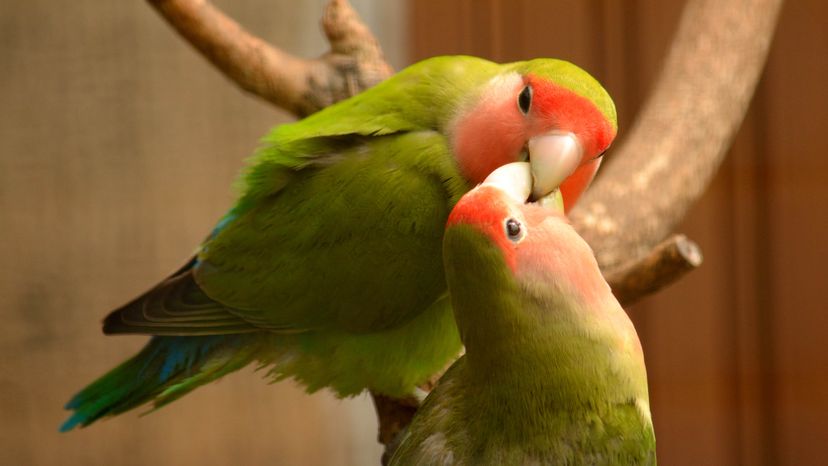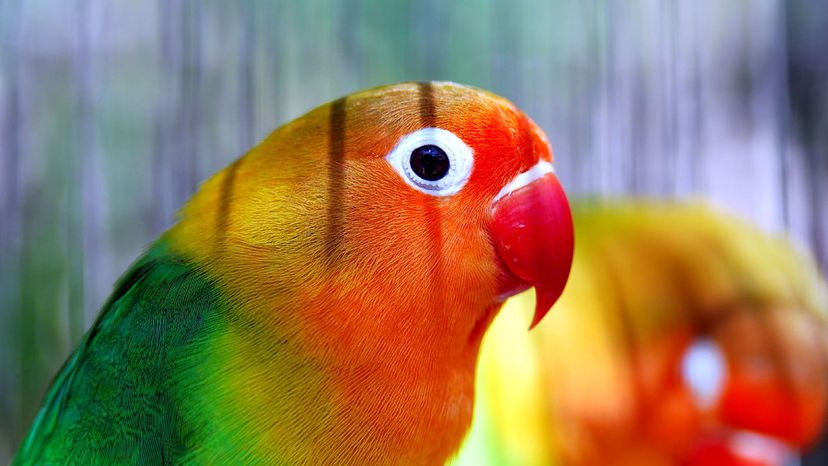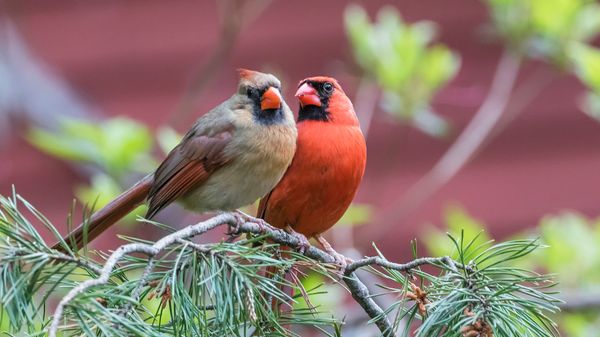Although budgies (parakeets) usually get top billing as popular winged pets, lovebirds are a good candidate for the dedicated beginning or intermediate birdkeeper willing to offer significant time and attention.
Lovebirds are affectionate, sociable and intelligent, three characteristics that make them ideal for people seeking a pet bird, says Julia Scavicchio, a longtime bird hobbyist who has a 4-year-old lovebird, as well as experience caring for cockatiels and parakeets, in an email.
"Lovebirds are more similar to the demands of having a dog than having a small pet, such as a hamster," Scavicchio says.
The key to building a solid relationship with a lovebird is to shower your feathered friend with affection from an early age. Adult lovebirds can be tough to tame and often refuse to learn tricks, but a young lovebird will thrive on daily social interaction with its human counterpart. Begin your lovebird relationship tenderly — move slowly and speak softly — then progress to hand-taming. Hand-taming involves gently pressing a dowel or hefty wooden stick to the bird's chest while offering a treat to step onto the dowel. After the lovebird becomes comfortable with this arrangement, you can substitute your finger for the dowel, thus hand-taming your lovebird for close interaction.


